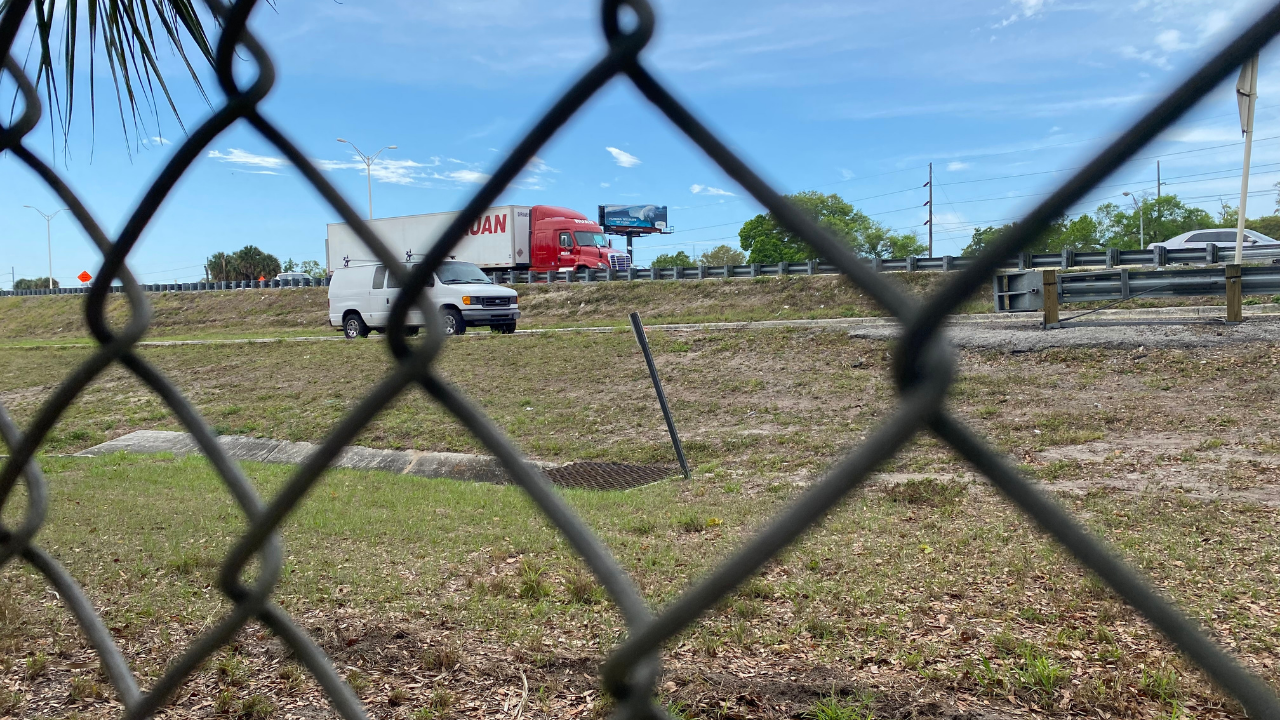TAMPA, Fla. — As traffic fatalities rise at an unacceptable rate, transportation planners in both Hillsborough and Pinellas counties have their sights set on new funding from the federal government.
Earlier this week, the U.S. Department of Transportation announced it’s ready to send $5 billion dollars — over the next five years — to communities struggling with high levels of traffic fatalities.
According to the USDOT, the grant program, called the Safe Streets and Roads is made possible by Congress’ bipartisan infrastructure law and will provide dedicated funding to support “strategies that will prevent roadway deaths and serious injuries” in communities across the country.
“The rise in deaths and serious injuries on our public roads affects people of every age, race and income level, in rural communities and big cities alike,” said Deputy Federal Highway Administrator Stephanie Pollack in a news release. “This program will provide leaders in communities across the country with the resources they need to make roads safer for everyone.”
From now through mid-September, the application window is open for cities, counties, and communities to apply for a portion of the federal funding, and in Tampa Bay, regional transportation planners are beginning the process of preparing applications.
“There are some limits on how many applications you can submit and how much money can go to any given state under this program in year one, but it’s a five-year program, and as long as Congress continues to authorize it, we expect to be submitting applications every year,” said Whit Blanton, the executive director of Pinellas County’s transportation planning agency, Forward Pinellas.
To Blanton, each new traffic fatality or injury that happens on a Pinellas County roadway represents a call to action and potential cause for concern.

“It’s not an acceptable number right now. We kill and injure and maim way too many people on our roadways, and we’re double the national average,” Blanton said. “Crashes — ultimately — they’re not just accidents. They’re not just whoopsies. They’re a result of somebody either failing to pay attention or bad engineering or improper design.”
He said the money will allow communities to address traffic fatalities in a variety of ways, from education and enforcement to engineering and constructing safer roadways.
Blanton said Forward Pinellas will use part of the summer to brainstorm ideas with engineers and traffic planners before taking those ideas to its board and submitting an application for grant funding.
In Hillsborough County, Transportation Planning Organization Executive Director Beth Alden is also planning to apply for the federal funding.
Because of Tampa Bay’s Vision Zero infrastructure and action plan, Alden believes the region should be very well-positioned to compete for a portion of the funds.
According to Alden, the funding could help a county like Hillsborough improve unsafe medians, install traffic lights at intersections where traffic fatalities have occurred, and fund “safety quick fixes” at various “hot spots.” She said the federal funding could expedite several projects that have already been studied and publicly vetted.
In the meantime, the tragedies continue along Tampa Bay roadways.
In a Tuesday email to Alden and other regional transportation leaders, bicycling advocate Jose Menendez shared grim news: eight bicyclists have been killed in Hillsborough County traffic crashes so far this year.
“If the county were to maintain that bloody pace for the rest of the year, about 23 bicyclists would end up getting killed on our roads, smashing the old record of 17 set just last year,” he wrote. “So Hillsborough County seems to be headed for yet another horribly deadly year for its vulnerable road users.”
To Blanton, stats like those are tiring but never routine.
“When I read about them in the newspaper or when I see them online, you know, I try to find out who this person is who was killed or injured,” he said. “I try to get a sense of what they were doing, why they were doing it.”
Ultimately, they give him the purpose to keep pushing for improvements — improvements the new federal dollars could help fund.




